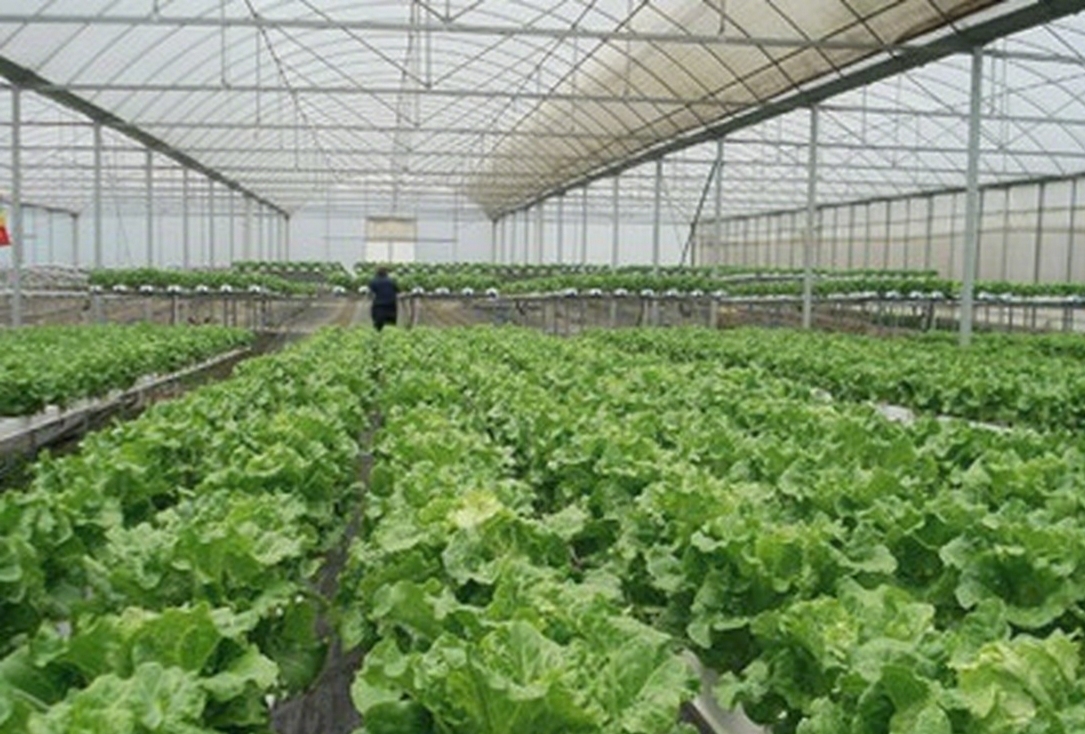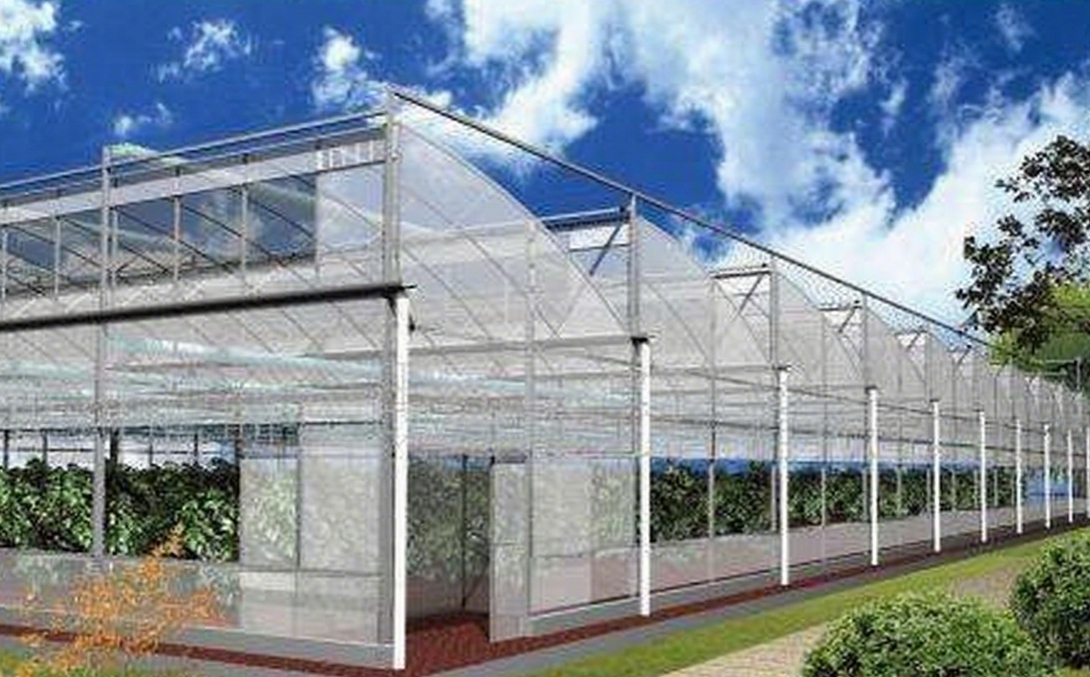Greenhouse farming is a modern agricultural practice that involves growing crops in a controlled environment, typically within a greenhouse structure. This method has gained significant popularity due to its ability to provide year-round production, protect crops from adverse weather conditions, and enhance yield and quality. Let's delve into the basics of greenhouse farming and explore how it differs from traditional farming methods.
The Basics of Greenhouse Farming
At its core, greenhouse farming aims to create an optimal growing environment for plants. Greenhouses are structures made of transparent materials like glass or plastic, which allow sunlight to enter while retaining heat and protecting plants from external elements. These structures can range from small backyard greenhouses to large commercial facilities.
Key Components of a Greenhouse
Structure: The physical framework of the greenhouse, which can be made of materials like steel, aluminum, or wood.

Covering: Transparent materials such as glass, polycarbonate, or plastic films that allow light to penetrate while trapping heat.
Climate Control Systems: These include heating, cooling, and ventilation systems to maintain ideal temperature and humidity levels.
Irrigation Systems: Automated or manual systems to provide water to the plants, often using drip irrigation or misting.
Lighting: Supplementary lighting, such as grow lights, to ensure adequate light during darker months or in low-light conditions.
How Greenhouse Farming Differs from Traditional Farming
1. Controlled Environment
One of the most significant differences between greenhouse farming and traditional farming is the level of control over the growing environment. Traditional farming is highly dependent on natural weather conditions, which can be unpredictable and lead to crop losses due to extreme weather events like droughts, floods, or frosts. In contrast, greenhouse farming allows farmers to maintain a stable environment, protecting crops from these risks.
2. Year-Round Production
Traditional farming is often limited by seasonal cycles, with specific crops grown during particular times of the year. Greenhouse farming, however, enables year-round production by providing a controlled environment that mimics ideal growing conditions. This means that farmers can grow a wider variety of crops throughout the year, increasing their market opportunities and reducing dependency on seasonal markets.
3. Higher Yield and Quality
Greenhouses provide optimal growing conditions, which can lead to higher yields and better-quality produce. By controlling factors such as temperature, humidity, and light, farmers can ensure that plants grow faster and healthier. Additionally, the protection from pests and diseases in a greenhouse environment reduces the need for chemical pesticides, resulting in safer and more nutritious produce.
4. Efficient Resource Use
Greenhouse farming often employs advanced irrigation and fertilization systems that are more efficient than traditional methods. Drip irrigation, for example, delivers water directly to the plant roots, minimizing waste and ensuring that each plant receives the right amount of water. Similarly, precision fertilization systems can apply nutrients based on the specific needs of the plants, reducing the overall use of fertilizers.

5. Space Efficiency
Greenhouses can be designed to maximize space utilization, making them particularly suitable for urban and suburban areas where land is limited. Vertical farming, a technique often used in greenhouses, involves growing plants in stacked layers, significantly increasing the amount of produce per square meter. This is a stark contrast to traditional farming, which typically requires large tracts of land.
6. Reduced Environmental Impact
Traditional farming can have significant environmental impacts, including soil erosion, water pollution from runoff, and habitat destruction. Greenhouse farming, on the other hand, can reduce these impacts by using less land, conserving water through efficient irrigation systems, and minimizing the use of chemical pesticides and fertilizers. Additionally, some greenhouses incorporate renewable energy sources like solar panels, further reducing their carbon footprint.
Conclusion
Greenhouse farming represents a significant shift from traditional agricultural practices, offering numerous advantages such as controlled environments, year-round production, higher yields, efficient resource use, and reduced environmental impact. As the global demand for fresh produce continues to grow, greenhouse farming is becoming an increasingly important method for sustainable and efficient food production. By understanding the differences between greenhouse farming and traditional farming, we can better appreciate the potential of this modern agricultural technique to meet our future food needs.
Welcome to have a further discussion with us.
Phone: +86 15308222514
Email: Rita@cfgreenhouse.com
Post time: Jul-31-2025







 Click to Chat
Click to Chat